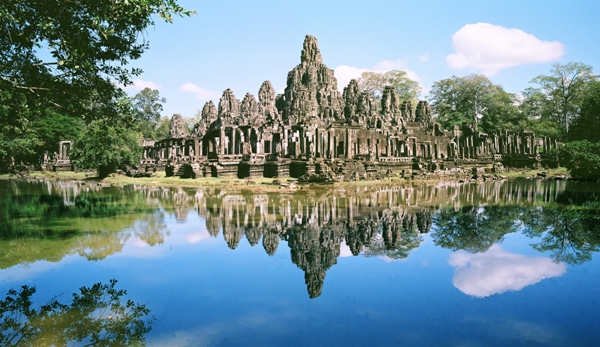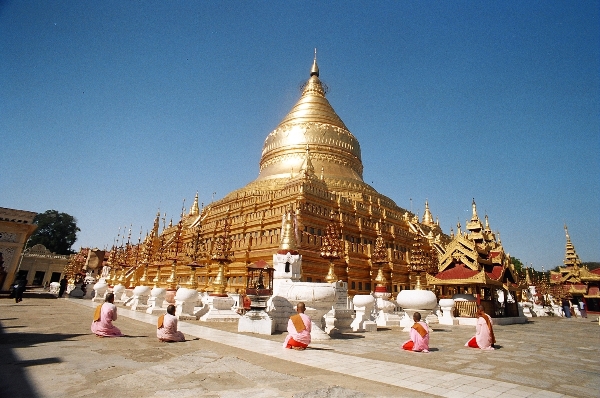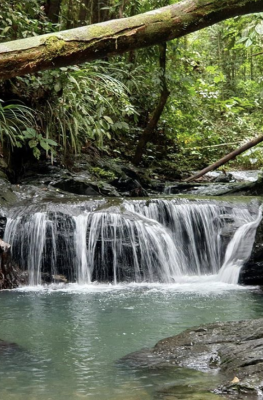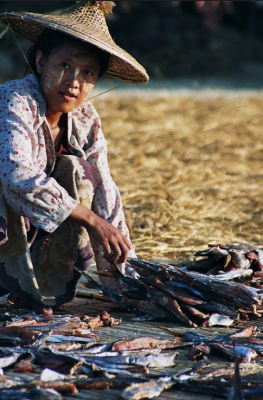Published on October 30, 2015

From worshiping at the grand temples of Angkor to meditating at the stupas in Bagan, Southeast Asia’s locals keep the faith in a variety of ways.
Most of the region’s most ancient and revered temples draw deeply from traditions brought here over a thousand years ago from India – Bali is Asia’s last outpost of native Hinduism, while the westernmost countries of the region hold fast to Theravada Buddhism.
The locations listed here are only the most prominent collections of temples in Southeast Asia – visit these cities now to make your own list of temple picks.
Cambodia’s Angkor Park. The Angkor Archaeological Park covers over 400 square kilometers of jungle, waterways, and some of the most compelling temples in Southeast Asia. Visit Angkor and you’ll come face to face with the remnants of a formerly formidable realm that once held sway over present-day Cambodia, Thailand and Laos: the Khmer Empire that ruled from the 9th to the 15th century AD.
Don’t be turned off by the crowds at Angkor Park’s most popular site, the temple of Angkor Wat: its sprawling magnificence was meant to embody nothing less than the cosmos, its trio of corncob spires emulating the legendary Mount Meru of Hindu lore. From here, you can take a tuk-tuk to visit Bayon, richly covered with sculptures and dozens of enigmatic faces turned towards the cardinal directions; or to less-visited temples like Banteay Srei.
Indonesia’s Bali Temples. You’ll find over 20,000 temples on the island of Bali, ranging from small family temples to prominent directional temples built to protect the entire island from malign influences. The Balinese are devout Hindus, and the island’s temples are their most prominent outward expression of faith.
Wherever you go in Bali, you’re sure to find a temple near you – but some temples are worth taking a special trip to see. Pura Besakih is one of them – the island’s “Mother Temple” on the slopes of Gunung Agung, the holiest of them all. Another one, Pura Tanah Lot, stands on a rock set at a remove from the shore, accessible only during low tide: juxtaposed against the crashing waves, this temple is a majestic sight.

Bagan in Myanmar. Spread out over a wider area than its counterpart in Cambodia, the Bagan archaeological zone encompasses over 2,230 surviving temples, built between the 9th and the 13th centuries AD as acts of merit by the empire’s prominent folks.
The temples in Bagan predate some of the most prominent ones in the rest of the country – one in particular, Shwezigon, directly influenced the design and construction of Shwedagon in Yangon. Shwezigon is also a shrine for devotees worshiping Myanmar’s nats, or protector spirits that surprisingly coexist with the country’s strict Theravada Buddhism.
Other temples have gained prominence due to their convenience as platforms for sunset-viewing – among them Bupaya overlooking the Irrawaddy River; and Shwesandaw, a multi-terraced pyramid whose top level offers terrific views of the temple-strewn landscape.
Luang Prabang in Laos. The 30-plus temples in Laos’ former capital show how little things have changed in Luang Prabang all these years. Devout Buddhists – laymen and monks alike – continue to meditate and pray at these temples, just as their ancestors did in the days of the kings long ago.
Wat Xieng Thong is Luang Prabang’s number-one don’t-miss temple, built in the classic Luang Prabang style and brimming with carvings of figures from Lao myth inside, and a magnificent tree-shaped mosaic worked into the exterior wall.
The city’s other temples are no less inspiring, from Phou Si’s gold-covered stupa at a central location; to the dome-roofed Wat Visoun; to the scenic Wat Aham – the “monastery of the opened heart” where Theravada Buddhism was often practiced in conjunction with ancient animist worship.






